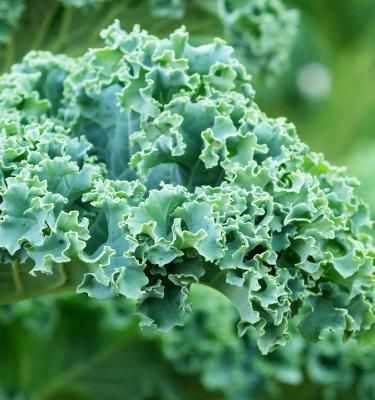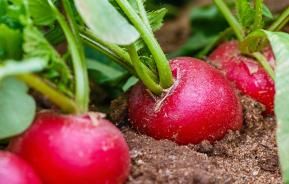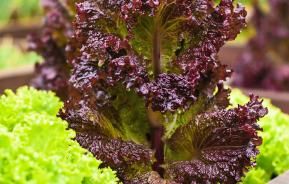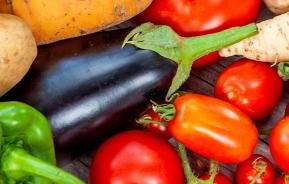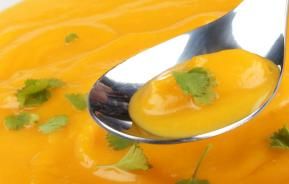It has lots of benefits for the gardener too. It tolerates cold weather and frost better than many other brassicas and isn’t usually troubled by the scourges of brassica growers – pigeons, clubroot and cabbage root fly.
Many kales are also colourful and attractive additions to the winter vegetable garden – especially the curly-leaved varieties. Grow the black-leaved and red-leaved varieties in containers on the patio, which will make it more convenient to pick them too in cold weather.
Cultivation
Kale prefers to be grown in an open, sunny position, but it will also crop well in a semi-shaded place. It needs a fertile, deep soil, that is preferably alkaline, with lots of added bulky organic matter. If your soil is acidic or neutral, add garden lime before sowing or planting out.
Kale varieties
There are four main types of kale:
- Curly kale: The most popular type. The leaves are curled and frilly, making them quite ornamental. F1 hybrid varieties are much sweeter than older varieties, which can be bitter.
- Plain-leaved kale: Taller and coarser, so it is usually better to eat the young shoots in spring rather than the autumn leaves.
- Rape kale: Grown for its tender young shoots in spring. Sow it where you want it to mature, as it doesn’t like transplanting.
- Leaf and spear kale: A cross between curly-leaved kale and plain-leaved kale. Pick the young leaves from November, then in spring harvest the leafy sideshoots, then pick the immature flower heads, which are cooked like broccoli.
Curly kale: Black Tuscany, Dwarf Green Curled, Nero di Toscana, Redbor, Red Russian, Winterbor
Plain-leaved kale: Cottagers, Thousand Head
Rape kale: Hungry Gap
Leaf and spear kale: Pentland Brig
Curly kale seeds and plants are the most readily available – you may have to search for seeds of the other types.
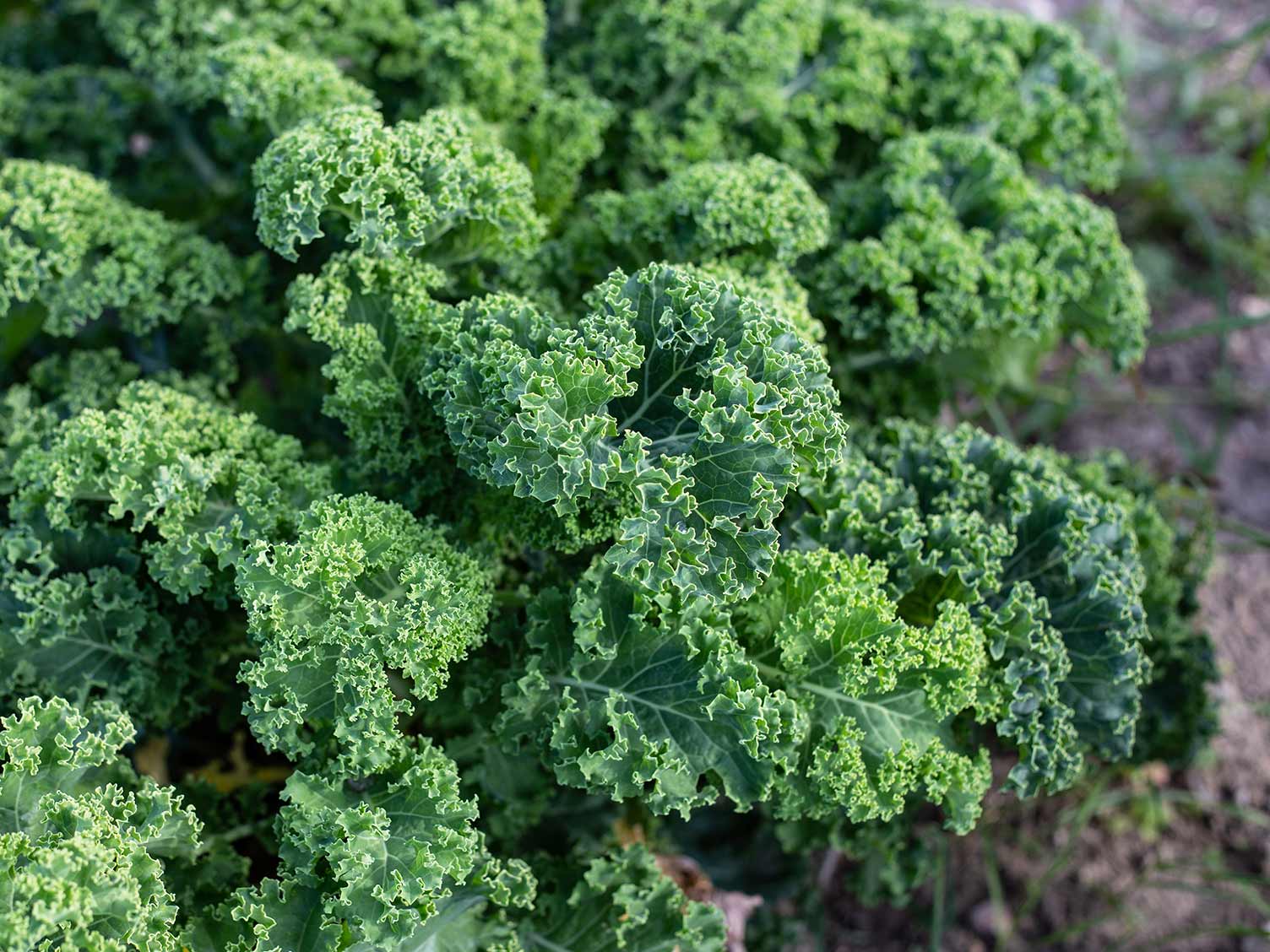
Sowing kale
For best results, sow seeds thinly in a separate seed bed in rows 15-23cm (6-9in) apart in a shallow drill about 13mm (½in) deep from March to May. Cover with soil and water in well.
For an early crop sow under cloches in pre-warmed soil, and sow in June for a later crop.
For a very early crop in late summer or early autumn, sow indoors in cell trays in a heated propagator or on a windowsill in late January/February.
How to care for kale
When the young plants have 5 or 6 leaves, carefully lift and transplant them to their final growing position. Improve the soil first with some organic matter and a general granular plant feed. Space plants 45cm (18in) apart. Firm the soil well around each plant afterwards and water in thoroughly.
Water plants well during periods of dry weather and cover the soil with a mulch to conserve soil moisture. Occasional feeds with a liquid plant food through summer will improve the crop.
Harvesting
Start to remove young leaves from the top of the plant from October onwards. For the best flavour, pick the leaves when they are young and tender.
Sideshoots are formed after the main crown is harvested and these are ready for use from February to May; pick shoots that are 10-15cm (4-6in) long and still young.
| Flowering season(s) | Summer |
|---|---|
| Foliage season(s) | Spring, Summer, Autumn, Winter |
| Sunlight | Partial shade, Full sun |
| Soil type | Chalky, Clay, Loamy, Sandy |
| Soil pH | Alkaline |
| Soil moisture | Moist but well-drained |
| Ultimate height | Up to 75cm (30in) |
| Ultimate spread | Up to 50cm (20in) |
| Time to ultimate height | 4-6 months |
